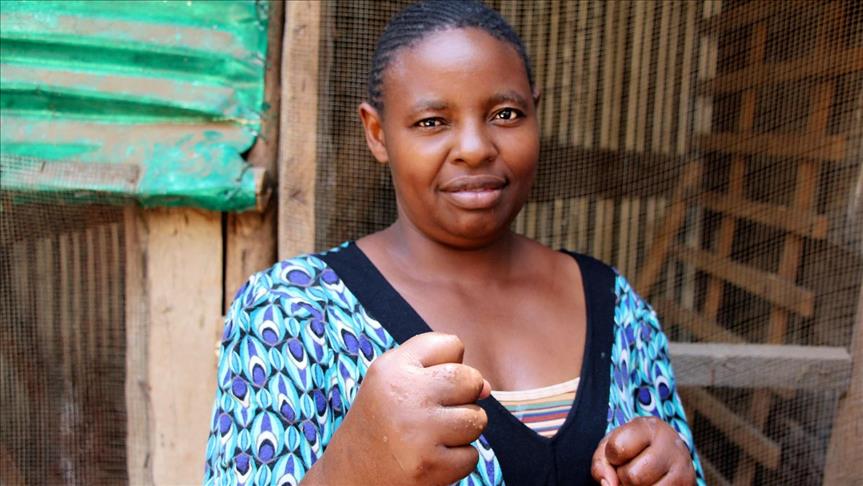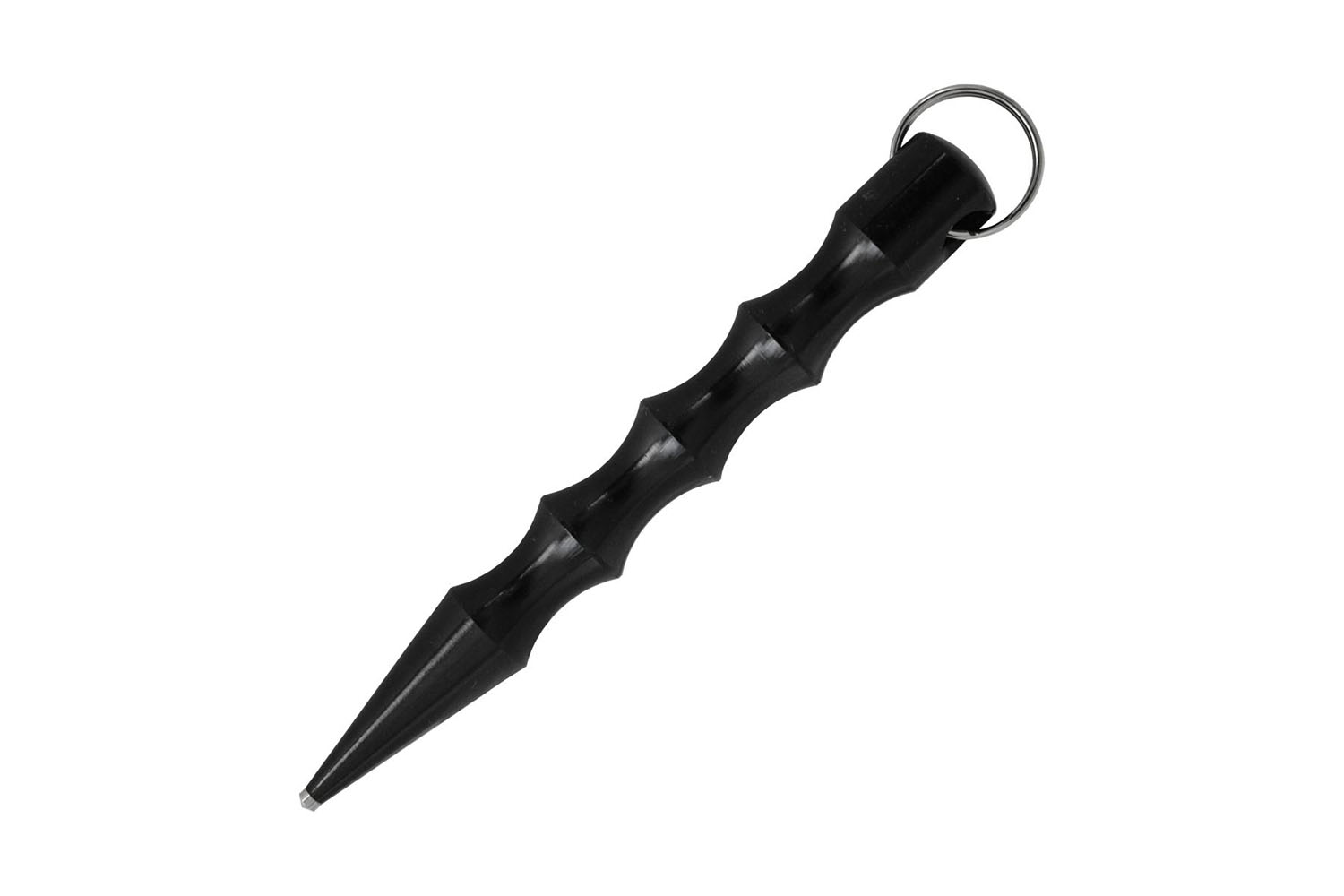
Non-lethal self defense weapons (also called non lethal self defense weapons) are weapons that do not use lethal force to defend themselves. They have been approved by the U.S. Congress and approved by other governments. These weapons offer you many options, including talking and shooting. You don't have to be able to fire a gun if you aren't comfortable with it.
Expandable batons
Expandable batons make a great non-lethal weapon for self defense. Although they look similar to small sticks or clubs these batons are much more effective in preventing attackers from attacking you with deadly weapons. The added benefit of using a baton is the element of surprise it can give you, which can help you disarm your attacker.
The most effective expandable gun is small, lightweight, and has an telescopic shape. The baton can be used by law enforcement officers as well as civilians to help them in dangerous situations. The baton is versatile enough to be useful in many situations.

Nightsticks
Non lethal self defense weapons are those that can be used without harming the other party, but can still do a lot of damage. These weapons aren’t as deadly as guns but can still cause serious harm and irreversible injury. These weapons are not always legal and may be illegal in different countries. It is important to receive the right training in order to safely and correctly use these weapons.
There are many reasons you shouldn't use guns or lethal weapons. They are also extremely costly, legally and emotionally. Second, in some situations, it might not be appropriate to take someone's lives. Non-lethal weapons are often more effective than guns in many cases.
Tasers
Tasers can be used to forcefully immobilize suspects using non-lethal self defense weapons. These weapons have many benefits but also have limitations. Some people may be able to die from them. Also, Tasers require batteries and cartridges, which can be expensive. The effectiveness of Tasers is impressive, but civilians must be able to safely use them.
Tasers are made by two electrodes, which are attached to the skin. The electrodes transmit a high-frequency electric shock through the body, into the nervous system and causes pain and muscle spasms. Tasers are able to be used against animals and people.

Kubotan stick
Kubotan, a Japanese stick, can be used in self-defense for many purposes. The stick's small and lightweight make it easy for you to conceal and keep in your pocket. It's a powerful defensive weapon, capable of protecting the face, neck, and sternum. It can also be used for self-defense every day because it is renewable and does not have moving parts.
There are many ways you can hold a modified ice pick grip kubotan stick. This grip entails holding the kubotan with your thumb and free hand. Your free hand should rest above the kubotan stick while your pinky will be under the exposed portion.
FAQ
What are some tips for self-defense for women?
You must be able to quickly react to threats when practicing self-defense. This means that you should be prepared for anything.
Train with a friend. Partnering with a friend will enable you to practice together, and improve your technique.
Another tip is that you should practice with something heavier. If you are attacked, it is more likely that you will hit your attacker with a heavy object.
How can you stay safe when you're not physically able?
If you cannot defend yourself physically against an attacker then you should find someone who can.
You may need to ask the police for help. You may have to call the 911 emergency number. If you don't act, you may die.
You can also call your local shelter dealing with domestic violence. Many shelters offer safety planning classes for women to learn how to protect their own safety.
Which self-defense method is most effective?
Avoiding an attack is the best way to protect yourself. If you are attacked, then run away as fast as possible. This will give your time to formulate a better defense plan.
If you cannot escape, use whatever defensive techniques you have learned. These include punches, kicks, and knees. To stop your attacker from attacking you more, you can grab his arms and legs.
If none these options work, then you need to use every tool at your disposal. The best weapon to use for this purpose are your naked hands. However, if you do not know how to use them properly, then you should consider learning some other form of self-defense first.
What should I look for when taking a self-defense course?
It is important to consider the reputation and experience level of instructors when choosing a self defence class. Ask about their credentials.
Ask for discounts or free trials. Some instructors offer special offers for new students.
Ask if online classes are offered.
Ask if emergency medical services are available after classes. This is particularly important if you are injured in a class.
It is important to find a class that offers a variety exercises. This ensures that you have plenty of time for each technique to be tried before moving on to another.
Statistics
- Saying this, Self defense 101 would be the importance of situational awareness, which can never be replaced by the finest of martial arts, because it is this that would help you to avoid any likely attacks in the first place. (worldofselfdefense.com)
- Boxers aren't allowed to fight in a clinch, which is a position that occurs in 80% of the streetfights. (mmaclan.com)
- In a January 2018 survey of 1,000 women nationwide, 81 percent reported experiencing some form of sexual harassment, assault, or both in their lifetime. (healthline.com)
- The Rape, Abuse & Incest National Network reports that 70 percent of sexual violence cases aren't committed by random strangers in a dark alley but by people we know: friends, family, partners, co-workers, etc. (healthline.com)
External Links
How To
What kind of self-defense should I learn?
Self-defense is a broad term that covers a wide range of options. There are many types of self-defense you can learn. Here are some of the most common ones:
-
Boxing – Boxing can be used for self-defense. It trains you to fight using your hands. Although most people believe only men can fight, boxing is possible for women. Boxing can be learned by women through a variety of methods including private lessons, gyms and online courses.
-
Wrestling is a true sport. It was once America’s national pastime. Private lessons, gyms and online classes are all available for women who want to learn how to wrestle.
-
Jujitsu- Jujitsu, another popular martial art, teaches you to defend yourself by using your body weight. It is easy to learn, and it improves balance and coordination.
-
Kickboxing – Kickboxing is similar in style to Muay Thai except it uses kicks rather than punches. It's a full contact combat sport, which doesn't require any rules. Because it is easy to learn, it's a great choice for beginners.
-
Tae Kwon Do – TKD combines elements of karate (taekwondo), jujitsu, and karate to create a Korean martial art called Tae Kwon Do. It is an excellent choice for self-defense training without the fear of hurting someone.
-
Mixed Martial Arts - MMA combines many different martial arts. It combines Brazilian Jiu Jitsu, Judo, Boxing, Wrestling, and Sambo. It is one of the most popular sports because it is so efficient.
-
Karate: Karate is a Japanese Martial Art that focuses primarily on kicking techniques. It's been around for many centuries and has evolved over the years. Today, there are many styles and methods of karate.
-
Knife Fighting. Knives are great for protecting yourself. It's not necessary to be near your attacker in order for you to stab them. It is enough to be able to use a knife defensively.
-
Pepper Spray- Pepper spray can be used as a non-lethal weapon to help you escape from attacks or stop them from beginning. Pepper spray is not recommended for attackers as they are likely to get burns.
-
Firearms – Shooting an attacker is the last resort. This is commonly done by trained civilians and law enforcement officers.
-
Self-Defense classes - It is possible to learn all of these skills from one class. They can teach everything, from grappling to firing.
-
Combative Sports: Another great option is to take part in combative activities like kickboxing, mixed martial arts, and even amateur wrestling. These sports require discipline and practice. You will also learn how to protect yourself.
-
Martial Arts Schools. If you're serious in learning how to defend your self, then go to school that teaches martial art. Some schools offer classes that also include weapons.
-
Online Courses- You can also find many free resources online. 15) Books - Finally, some books may be helpful. Alan Peppard's "The Complete Idiot's Guide for Self Protection" is a book that covers all these topics.
-
Be Content with What You Already Know - Before you attempt to learn anything new, you should first be familiar with what you already know. You'll be able to avoid making mistakes which could lead to your financial ruin.
I'm thinking I might try self-defense. I've always wanted to learn how to fight but was never interested in actually doing it. As I get older, I may as well take care of myself and not rely on others.
I decided to start slow and see how things develop from there. To start working out with weights and other exercises, I am considering joining a gym in my area. I'm still considering whether I should get a gun.